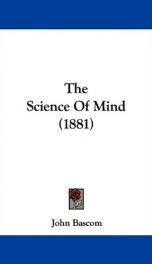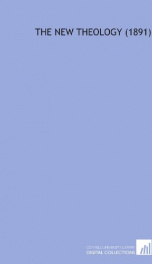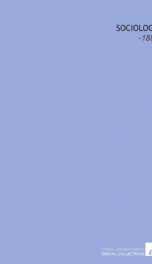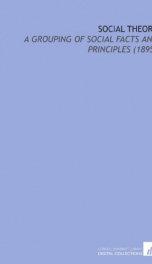comparative psychology or the growth and grades of intelligence

Purchase of this book includes free trial access to www.million-books.com where you can read more than a million books for free. This is an OCR edition with typos. Excerpt from book: ;hapter n. PHYSICAL FORCES AS RELATED TO VITAL FORCES. Two dangers accompany classification, or an effort to understand by resemblances the facts of the world in their relation to each other. The first is that of overlooking the gradations by which the points of extreme contrast are united, and so of regarding differences as more fundamental than they really are. This is the early error of immature knowledge. The second danger is the reverse of this. When we discover the lines of demarcation to be vanishing ones, and that leading characteristics very slowly disappear as we approach and pass their boundaries, while other characteristics arise in the same gradual way as we leave these behind us, we jump to the opposite conclusion, and regard our distinctions of classes as relatively immaterial. The ultimate value of a difference depends on its real nature, and is not much modified by the steps by which it has been reached. The difference remains a fixed fact, a determinate feature in the final results, not reduced in its importance by intermediate gradations. These gradations instruct 36 ERRORS IN METHOD OF INQUIRY. 3/ us in the order of development, and help to define the value of differences, but do not remove or essentially reduce the diversity which exists in the results'.themselves, or destroy its worth as knowledge. Our knowledge is made rather the more complete. Under a doctrine of development our spaces in classification gain a double measurement, that of sensible and constructive qualities, and that of the length of the periods during which these diversities have grown up. These two will in large measure coincide, and 'serve to explain each other. For illustration, the apparent difference between physical forces and mental activities is the greatest possible,... --This text refers to the Paperback edition.
Info about the book
Author:
Series:
Unknown
ISBN:
0875426727
Rating:
3/5 (4)Your rating:
0/5
Languge:
English
Users who have this book
Users who want this book
What readers are saying
What do you think? Write your own comment on this book!
write a commentif you like comparative psychology or the growth and grades of intelligence try:
Other books by this author
Do you want to read a book that interests you? It’s EASY!
Create an account and send a request for reading to other users on the Webpage of the book!






